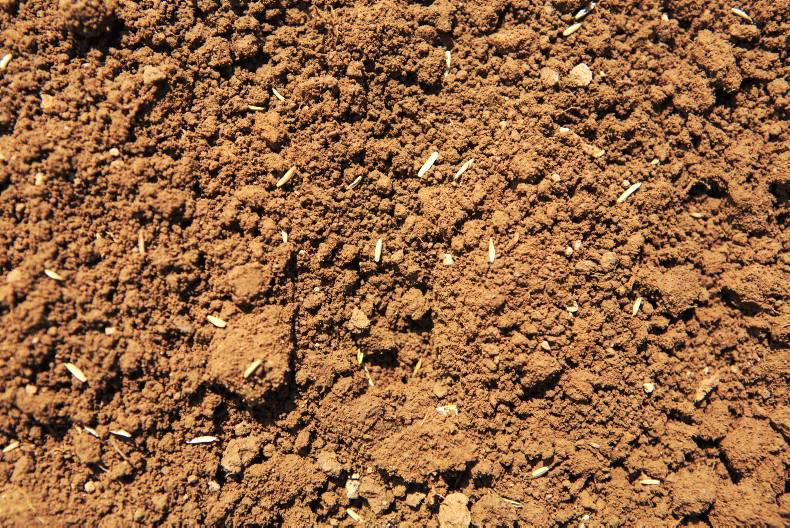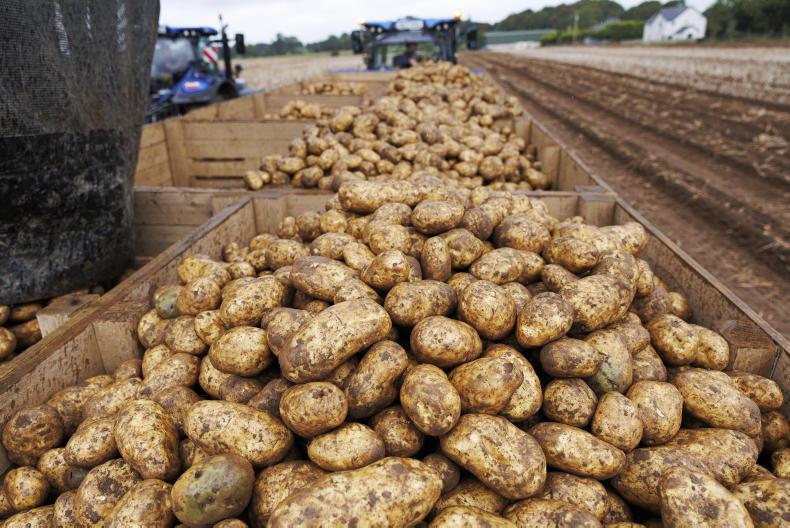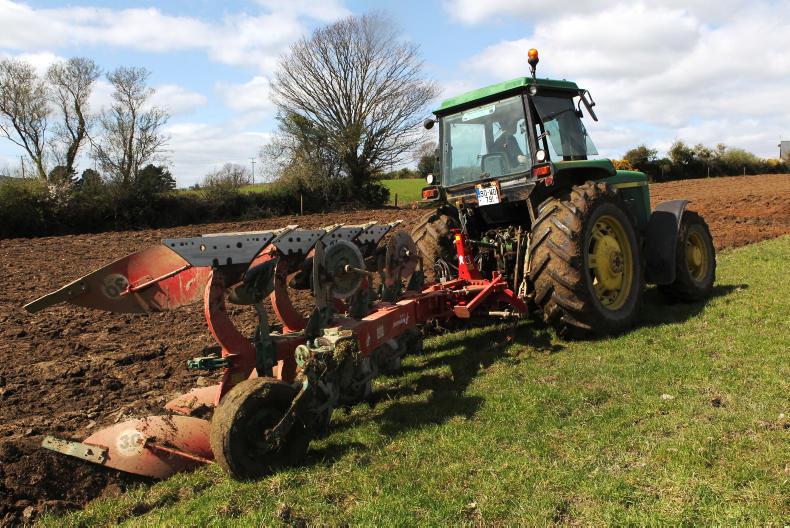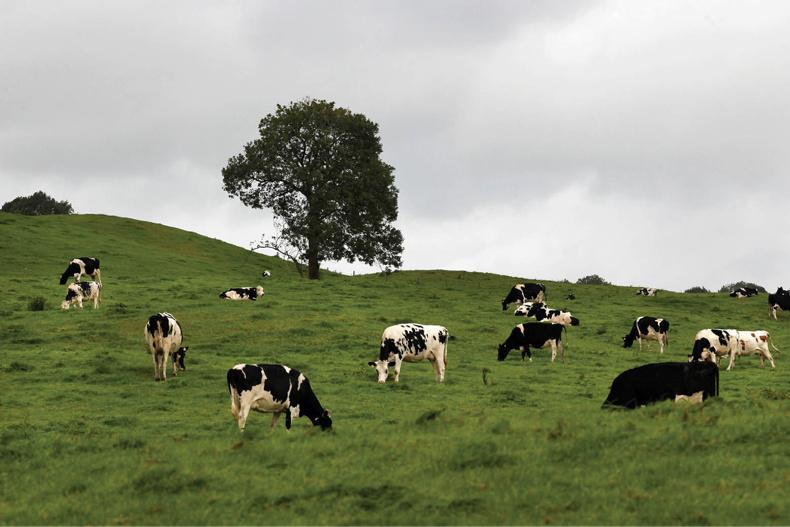A farmer from the west rang: ‘‘Jack, I need help. All I want is a simple grazing mix for a 10-acre field, with good dry soil that I have sprayed off for reseeding. It’s for grazing only so I’m not worried about silage. I’ve gathered the local information, but I’m still none the wiser. What do I need to do next?’’
I asked what varieties were available and he listed the five options listed here in Tables 1 to 5, with a price for each bag of seed. As you can see, for options 2 and 3, he had no varieties as the person on the phone did not have the information at the time. Without the list of varieties available, you have nothing.
With the information available, I went to the 2015 Irish recommended lists and the new pasture profit index (PPI), which lists varieties in order of profit, to assess them. With that, I created Tables 6 to 8.
Step one was to check if the varieties were on recommended lists. The three options where the farmer had varieties were all listed, so there is Irish information available. Some were better than others. Then I included the heading date in the table.
Option 1 from the Meath merchant fell at this hurdle for me. The heading date of the varieties listed ranged from 24 May to 5 June – for me, that’s too wide a range. You want your mix of varieties to be close in heading date, so that you have your paddock heading out around the same time to make it easier to manage.
Option 4 and 5 from the local store both have a nice close heading date range. Option 4, the intensive grazing mix is early (23 to 24 May), while option 5 has a slightly later heading variety (1 to 5 June).
Both mixes have a 50:50 mix of diploid and tetraploids, so there is no real difference in that department. I then included the information from the new PPI. This is a new development which ranks grass varieties similar to a bull list. It is a work in progress by the researchers and the Department but you can see the varieties range from a profit of €208/ha per year down to €50/ha per year.
These figures are established from measurements taken on yield, quality, silage and persistency. Not all varieties have a score yet, but as you can see the varieties this farmer from the west had available all had a score. The intensive grazing mix comes out better when you include the PPI values and hence is the better mix given the information available at the moment. It is interesting to note that the varieties are all intermediate. For years, the research advice has been that late-heading varieties will deliver better grass quality, but the PPI seems to give more weighting to the yield in spring, summer and autumn rather than quality.
The dilemma facing this farmer is the same for livestock farmers all over the country. The quicker the information in the PPI increases and improves for all varieties, the better. The other point to note is that the PPI only values individual varieties and not how they react when sown together.
Many commercial farmers have already decided to move away from grass seed mixes and will ring their local merchant and ask for one variety. They have taken the decision that they want the paddock sown down to all the one variety, such as Abergain or Astonenergy, because they know that variety has been tried and tested and they might include some clover or top-dress clover once the new reseed has been sprayed for weeds.









SHARING OPTIONS